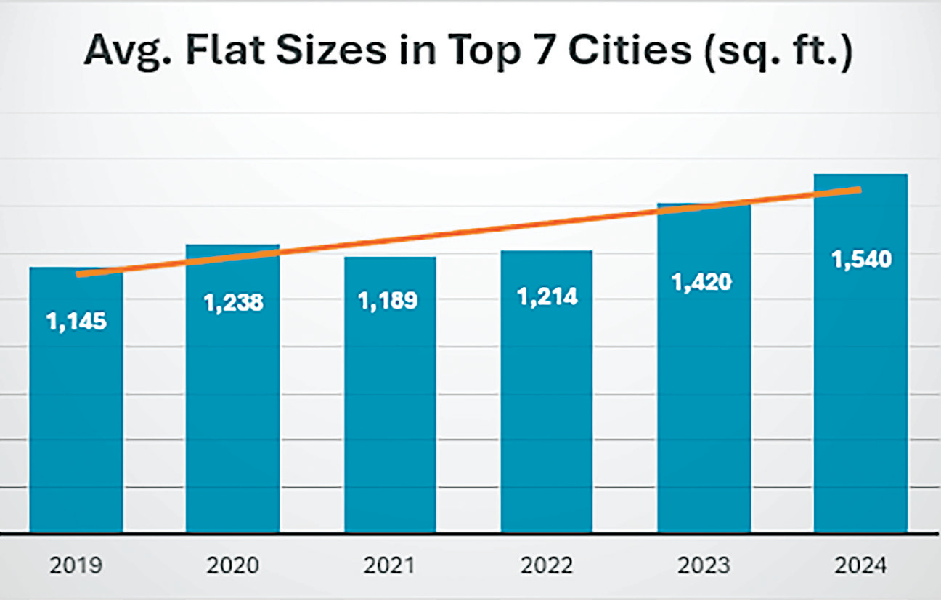
FIRST EVER NATIONAL WATER BODIES CENSUS Water Bodies : Encroachment the major threat
M. A. Siraj
Water is the most vital resource for life. The Nature has therefore provided this resource in all three forms—solid, liquid and gas—and at all three levels, i.e., under the ground, on surface and in the atmosphere.
Yet, the precious liquid poses the most worrisome prospects for a country like India where a huge population depends on it for irrigation, cooking and washing, daily personal needs, for cultural rites and rituals and to combat challenges emanating from climate change. Then there are also recreational uses for such bodies. The Union Jal Shakti Ministry conducted the first ever Census of water bodies across the nation and released the report last week.
According to the Census, India has 24,24,540 water bodies. Of these 97.1 per cent (23,55,055) are in rural areas while the rest 2.9 percent (69,485) are in rural areas. It categorises the water bodies in ponds, tanks, reservoirs, water conservation schemes, percolation tanks, check dams, lakes and others.
Ponds constitute the largest number 59.5 per cent (14,42,993), tanks comprise 15.7 per cent (3,81,805), reservoirs contribute 12.1 per cent (2,92,280), lakes come next with 0.9 per cent (22,361) while remaining ones have been clubbed under ‘others’ with 2.5 per cent (58,884). As for their geographical distribution, West Bengal accounts for more than a fourth of them with 7,47,480.
Uttar Pradesh has around 2,45,087 water bodies. They are followed by Andhra Pradesh (1,90,777), Odisha (1,81,837), Assam (1,72,492), Jharkhand (1,07, 598) and Tamil Nadu (1,06,957) of them. West Bengal has the highest number of ponds and reservoirs. Andhra Pradesh has the highest number of tanks.
Tamil Nadu has the highest number of lakes while Maharashtra leads states in terms of water conservation schemes. The Census of Water Bodies was carried out following recommendation from a standing committee of the Parliament which sought a census of water bodies in 2016.
It was aimed at collection of information on all important aspects of the subject including their size, condition, status of encroachments, use, storage capacity, status of filling up of storages etc. To begin with, a water body was defined as, “all natural or man-made units bounded on all sides with some or no masonry work used for storing water for irrigation or other purposes (e.g., industrial, pisciculture, domestic/ drinking, recreation, religious, ground water recharge etc.)”.
Salient points emerging from the census inform us that the average size of the water bodies is very small, i.e., less than a hectare. Tracking them through satellites is therefore poses a challenge and consequently necessitate ground-based tracking.
Secondly, the water bodies in drier states like Maharashtra, Rajasthan and Gujarat are larger and publicly owned. But in states where rainfall is higher, e.g., West Bengal, Kerala and states of the North-East, they are privately owned. This also dictates their use. In drier states, they are used for irrigation and conserved with great deal of care for recharging of groundwater. But in wetter states, they are meant for domestic use and pisciculture. Encroachment emerges as the major threat to the water bodies.
Around 1.6 per cent of the total enumerated water bodies were reported to be encroached with predominant encroachment occurring in rural areas (95.4%) and remaining in the urban area. It is useful to remember that not all water bodies have been mapped or counted.
It excludes rivers, streams, springs, waterfalls, canals, oceans and lagoons, swimming pools, covered water tanks created for a specific purpose by a family or household for their own consumption, tanks created for use in factories or kilns, those attached to dairy farms or cattle yards.
In terms of 'Water spread area', the figures could be collected with respect to 23,37, 638 of water bodies. Out of these, 72.3 per cent of water bodies have water spread area less than 0.5 hectare whereas 3.1 per cent of water bodies have water spread area more than 5 hectares.
78 per cent of enumerated water bodies have been described as man-made whereas the remaining 22 per cent (5,34,077) are natural water bodies. In terms of storage capacity, 50 per cent water bodies have storage capacity between 1,000 to 10,000 cubic metres whereas 12.7 per cent (3,06,960) have storage capacity more than 10,000 cubic metres.
Of all the water bodies, 55.3 per cent (13,38,735) are owned by private entities whereas 44.8% are in the domain of public ownership. Out of all public owned water bodies, maximum water bodies are owned by panchayats, followed by State Irrigation/State WRD. The significance of the census lies in immense amount of data now being available on size, location, nature, water carrying capacity, irrigation potential, nature
 English daily published in Bengaluru & Doha
English daily published in Bengaluru & Doha






